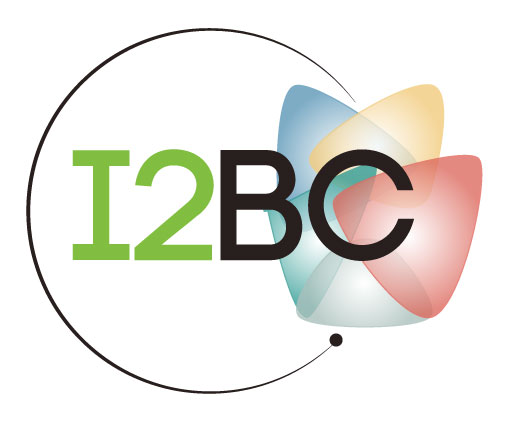Herpes Simplex Virus 1 Replication, Ocular Disease, and Reactivations from Latency Are Restricted Unilaterally after Inoculation of Virus into the Lip
Résumé
Ocular herpes simplex keratitis (HSK) is a consequence of viral reactivations from trigeminal ganglia (TG) and occurs almost exclusively in the same eye in humans. In our murine oro-ocular (OO) model, HSV-1 inoculation in one side of the lip propagates virus to infect the ipsilateral TG. Replication here allows infection of the brainstem, and infection of the contralateral TG. Interestingly, HSK is observed in our OO model only from the eye ipsilateral to site of lip infection. Thus, unilateral restriction of HSV-1 may be due to differential kinetics of virus arrival in the ipsilateral versus contralateral TG. We inoculated mice with HSV-1 reporter viruses, and then superinfected them to monitor changes in acute and latent phase gene expression in TG after superinfection, compared to control (single inoculation). Delaying superinfection by 4 days after initial right lip inoculation elicited failed superinfecting-virus gene expression, and eliminated clinical signs of disease. Initial inoculation with a thymidine kinase-deficient HSV-1 (TKdel) completely abolished reactivation of WT superinfecting virus from TG during latent stage. In light of these seemingly failed infections, viral genome was detected in both TGs. Our data demonstrate that inoculation of HSV-1 in the lip propagates virus to both TG, but with delay in reaching the TG contralateral to the side of lip infection. This delay is responsible for restricting viral replication to the ipsilateral TG, which abrogates ocular disease and viral reactivations from the contralateral side. These observations may help to understand why HSK is observed unilaterally in humans, and provides insight into vaccine strategies to protect against HSK.IMPORTANCEHerpetic keratitis (HK) is the leading cause of blindness by an infectious agent in the developed world. This disease can occur after reactivation of Herpes simplex virus 1 in the trigeminal ganglia leading to dissemination of virus to, and infection of, the cornea. A clinical paradox is evidenced by the bilateral presence of latent viral genomes in both trigeminal ganglia, while for any given patient the disease is unilateral with recurrences in a single eye. Our study links the kinetics of early infection to unilateral disease phenomenon, and demonstrates protection against viral reactivation when kinetics are exploited. Our results have direct implications in the understanding of human disease pathogenesis, and immunotherapeutic strategies for the treatment of HK and viral reactivations.

